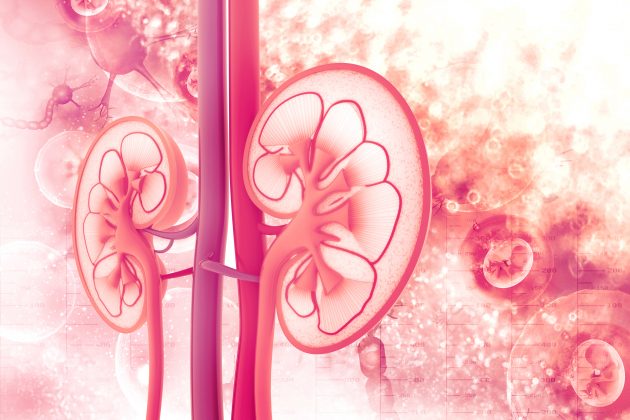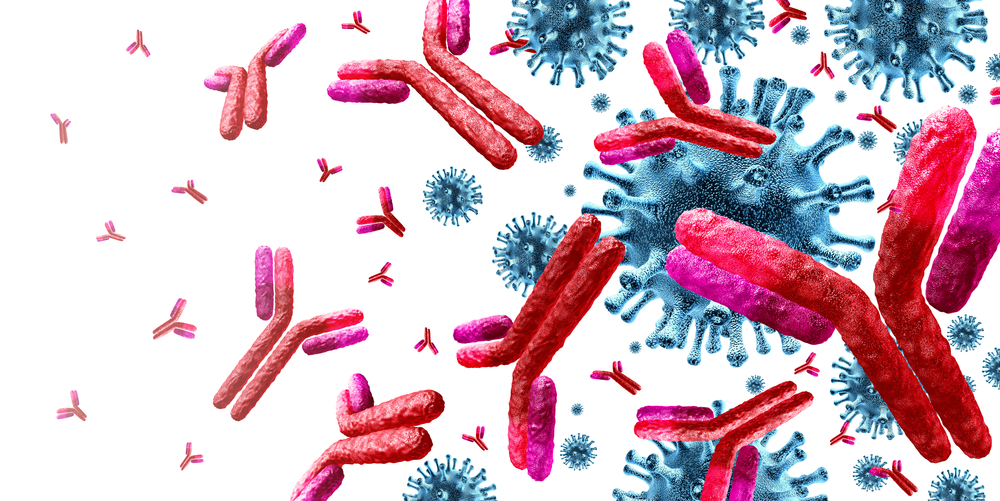The largest minority in the United States are Hispanics/Latinos. An estimated 57.5 million Hispanics/Latinos reside in the United States, a number that is expected to double in the next 20 years. Thus, according to Claudia M. Lora, MD, and colleagues, there will be continued growth of the Hispanic chronic kidney disease (CKD) population.
Compared with non-Hispanic whites, Hispanic/Latino individuals in the United States have a higher rate of end-stage renal disease: 456 versus 337 per million population. Inadequate detection and control of hypertension may be a factor contributing to this increasing health issue.
Previous studies and analyses of data from the National Health and Nutrition Examination Survey (NHANES) have revealed lower rates of hypertension awareness, treatment, and control among Mexican Americans compared with non-Hispanic whites. However, available data are largely limited to Mexican Americans. Dr. Lora et al. designed a cross-sectional cohort study to examine hypertension prevalence, awareness, treatment, and control among Hispanics/Latinos with and without CKD. The study utilized data from HCHS/SOL (Hispanic Community Health Study/Study of Latinos). Results of the study were reported in Kidney Medicine [2020;2(3):332-340].
The researchers compared data on US Hispanics/Latinos 18 to 74 years of age enrolled in HCHS/SOL with data from NHANES 2007 to 2010. CKD was defined as estimated glomerular filtration rate <60 mL/min/1.73 m2 or urinary albumin-creatinine ratio ≥30 mg/g creatinine. The outcomes of interest were hypertension, defined as systolic blood pressure ≥140 mm Hg or diastolic blood pressure ≥90 mm Hg or use of antihypertensive medication. To assess hypertension control, two thresholds were examined: <140/90 and <130/80 mm Hg.
Participants self-reported demographic variables of age, sex, income, education, insurance status, place of birth, and length of residency; they self-reported their backgrounds as Cuban, Dominican, Mexican, Puerto Rican, or Central or South American. The category “other” was used for participants belonging to a group not listed or to more than one group. Medical history was obtained, including currently used medications. Height and weight were measured and body mass index (BMI) was calculated as kg/m2.
There were 1818 HSHS/SOL participants with CKD. Of those, 44 had missing data, resulting in an analysis cohort of 1774 participants. Mean age was 49 years, 57% were women, 61% had health insurance, 51% had BMI >30 kg/m2, mean eGFR was 92 mL/min/1.73 m2, and median urinary albumin-creatinine ratio was 60 mg/g.
The prevalence of hypertension was 51.5%. Of the participants with hypertension, 78.1% were aware of their diagnosis and 70.4% were receiving treatment. The proportion of individuals with hypertension and adequate blood pressure control was low: 32.6% had blood pressure <140/90 mm Hg; 17.9% had blood pressure <130.80 mm Hg.
Compared with those without hypertension, those in the hypertension group were more likely to be ≥45 years of age and men. They were also more likely to be born outside the United States and to have lived in the United States for ≥10 years; more likely to have an income <$20,000, less than a high school education, health insurance coverage, diabetes, and BMI ≥30 kg/m2. Those with hypertension were more likely to be of Cuban or Puerto Rican background and less likely to be of Mexican background. The hypertensive participants also had lower eGFRs compared with those without hypertension.
Results of comparison of awareness of hypertension among the participants with hypertension found that compared with those in the not-aware group, those in the aware group were more likely to have lived in the United States ≥10 years, be of Dominican background, and have health insurance, diabetes, and lower eGFR. Compared with untreated individuals with hypertension, those with treated hypertension were older and more likely to have health insurance, diabetes, and lower eGFRs.
Compared with those with hypertension with blood pressure ≥140/90 mm Hg, those with hypertension and blood pressure <140/90 mm Hg were more likely to have health insurance, have diabetes, and have been born in the United States. Those with blood pressure <140/90 mm Hg were also more likely to be aware of their diagnosis of hypertension and reported taking a higher number of antihypertensive medications. In comparisons of individuals with blood pressure ≥130/80 mm Hg versus <130/80 mm Hg, the characteristics were similar.
In subgroup multivariable analyses, those with stage 3 CKD or higher were more than three times as likely to have hypertension awareness compared with those with stage 1 CKD (odds ratio [OR], 3.48; 95% confidence interval [CI], 1.60-7.59). In addition, compared with those with diabetes, individuals without diabetes were less likely to be aware of hypertension (OR, 0.51; 95% CI, 0.32-0.81). The odds of treatment for hypertension were more than two-fold greater for those with health insurance compared with those without health insurance (OR, 2.44; 95% CI, 1.49-4.01). There was a graded association between CKD stage and treatment (stage 2 vs stage 1, OR, 1.76; 95% CI, 1.10-2.81; stage 3 vs stage 1, OR, 3.44; 95% CI, 1.88-6.28).
The prevalence of hypertension in the HCHS/SOL participants with CKD was lower compared with the prevalence in non-Hispanic whites with CKD in NHANES. Hypertension awareness and control were higher among non-Hispanic whites than in the other groups.
The researchers cited some limitations to the study findings, including the use of a single measurement of creatinine, cystatin C, and urinary albumin excretion to define CKD; measuring blood pressure at a single visit; and the inability to ascertain medication adherence data.
“In conclusion, we found a high prevalence of hypertension and a low prevalence of awareness, treatment, and control among Hispanics/Latinos with CKD, a group at high risk for future cardiovascular disease events and end-stage kidney disease. Improvement of hypertension awareness, treatment, and control should be a public health priority to reduce the disproportionate burden of CKD in this growing population,” the researchers said.
Takeaway Points
- Researchers conducted a cross-sectional cohort study to examine hypertension prevalence, awareness, and treatment and control among Hispanics/Latinos with chronic kidney disease (CKD).
- The cohort included US Hispanics/Latinos 18 to 74 years of age enrolled in the Hispanic Community Health Study/Study of Latinos with CKD. Hypertension was defined as systolic blood pressure ≥140 mm Hg or diastolic blood pressure ≥90 mm Hg.
- There was a high prevalence of hypertension among the Hispanic/Latino study participants (51.5%); the prevalence of awareness, treatment, and control was low among the study participants.
Credit: Original article published here.










